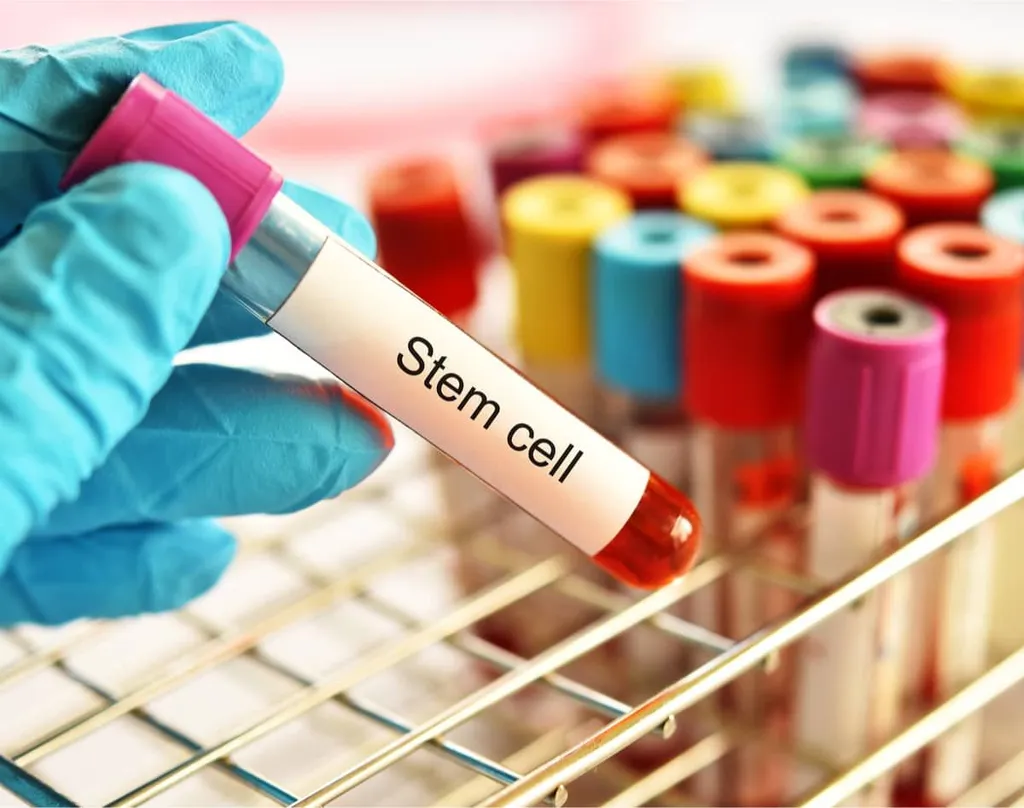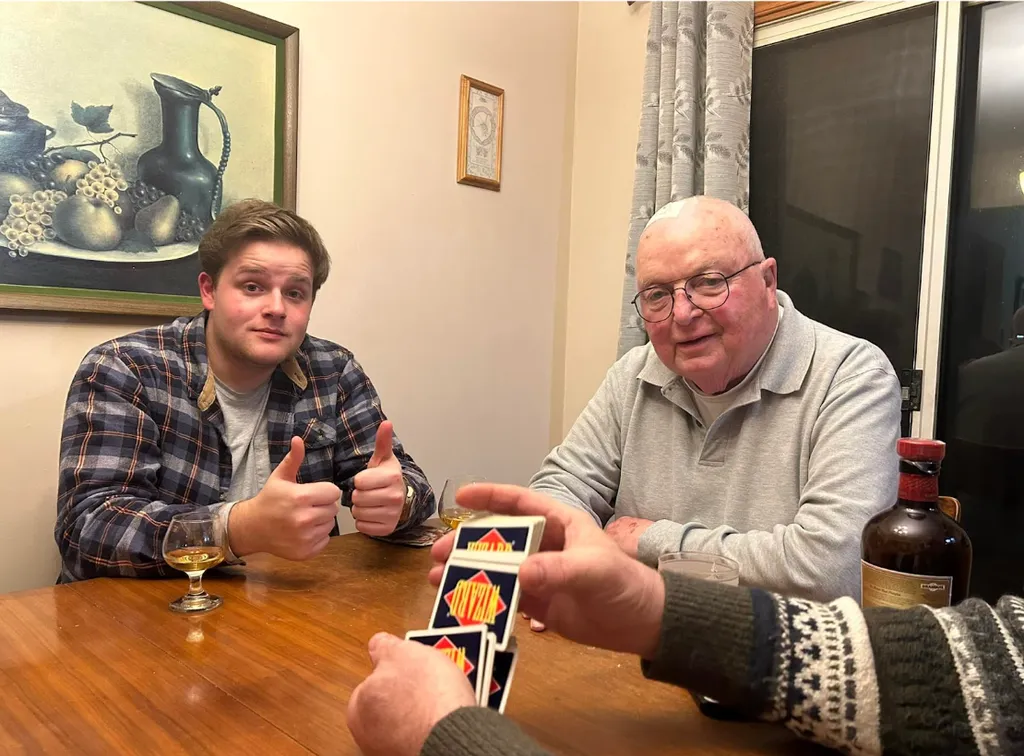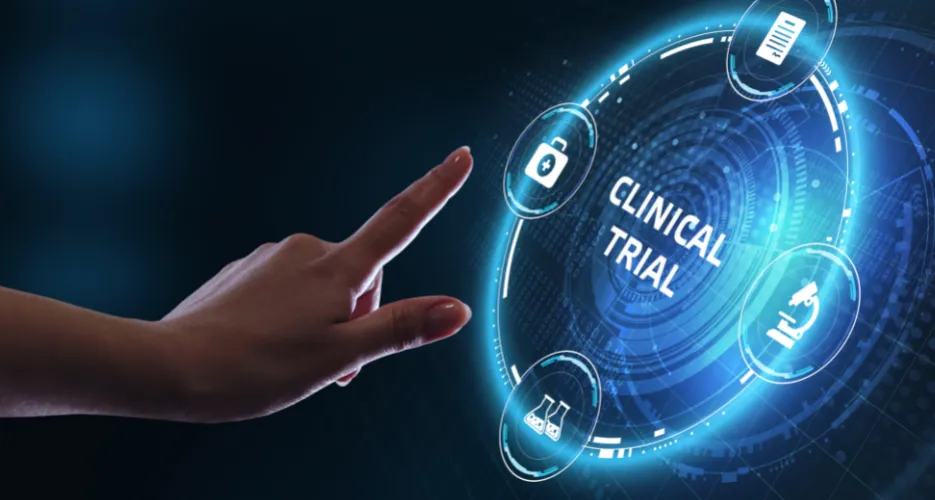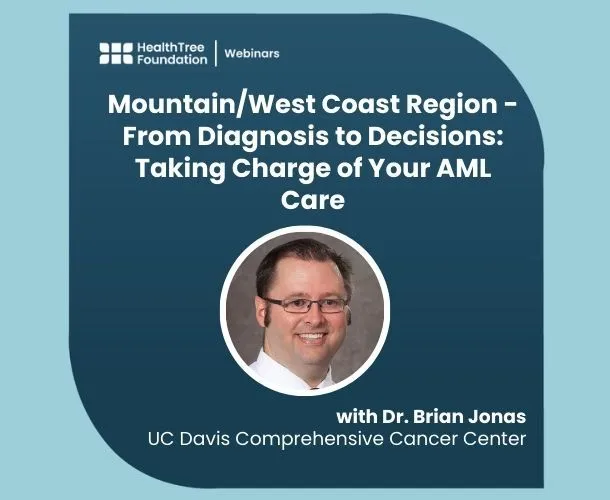ASH 2022: Complete Response Criteria in Pediatric AML Needs Updating

At the 64th Annual Meeting of the American Society of Hematology (ASH 2022), Evangelia Antoniou, MD, from the University Hospital of Essen (Germany), talked about a revision of the complete response criteria in pediatric acute myeloid leukemia (AML) and proposed a new version with an improved prognostic value.
Dr. Evangelia Antoniou says that the definition of "complete remission" (CR) in AML hasn't been updated in over 20 years. At the moment, blood cell count recovery is still part of the complete response definition. This is when neutrophils and platelets return to normal levels. Waiting for complete recovery is a challenge in clinical practice with unknown prognostic significance. Thus, the current definition of "complete response" for pediatric AML needs to be reevaluated and updated based on its prognostic value.
Methods and Patients Included in the Study
Dr. Antoniou and her team put together a study that looked at the data of 1051 AML patients who were diagnosed between 2004 and 2020, with a median age of 8.4 years, and treated according to the German pediatric standard of care. Only those with acute promyelocytic leukemia, secondary, treatment-related, or Down syndrome-related AML were left out of the study.
During the study, researchers reviewed diagnostic bone marrow and peripheral blood samples. Patients were then put into different response groups based on the thresholds for the current complete response criteria and the newly proposed criteria (Table 1), which only uses the 5% bone marrow blast threshold. Then, overall survival and event-free survival were analyzed to see how well they could predict patient outcomes.
|
Test studied |
Current CR Definition |
Newly Proposed CR Definition |
|
Bone marrow blasts |
<5% |
<5% |
|
Neutrophils count |
>1000 /ul |
- |
|
Platelets count |
>80000 / µl |
- |
Table 1. Comparison between the studied complete response (CR) definitions
Results of the study
The analysis of Figure 1 showed that only the presence of leukemic blasts (>5%) after the first induction predicts a significantly inferior outcome.

Figure 1: A comparison of the event-free survival after the first induction for the new and old CR definitions
|
“Through this way, we cannot see a better separation of treated patients. And we are able to detect those with a higher risk of relapse”. |
-Evangelia Antoniou, MD
The analysis of Figure 2 showed that there is no significant difference between the current CR definition and the newly proposed CR definition after the second induction therapy. There was no benefit to assessing the regeneration of the blood count. And Figure 3 showed that after the induction therapy was done, before maintenance or a stem cell transplant, we could almost always tell which patients would have a relapse just by looking at their bone marrow blast count.

Figure 2. The difference between the new and old CR definitions of event-free survival after the second induction therapy.

Figure 3. Comparison of event-free survival after induction therapy (before starting maintenance or receiving stem cell transplantation) using the new and old CR definitions
Take Away Points
- Based on the results of this study, the current definition of CR in pediatric AML needs to be changed so that a count of <5% bone marrow blasts is enough to define CR.
- Only the presence of leukemic blasts (>5%) after the first induction is associated with a significantly worse outcome. So, delaying the second induction to allow for blood count regeneration does not appear to be justified.
Did you know you can learn more about clinical trials in HealthTree? Visit our AML Clinical Trial Finder.
At the 64th Annual Meeting of the American Society of Hematology (ASH 2022), Evangelia Antoniou, MD, from the University Hospital of Essen (Germany), talked about a revision of the complete response criteria in pediatric acute myeloid leukemia (AML) and proposed a new version with an improved prognostic value.
Dr. Evangelia Antoniou says that the definition of "complete remission" (CR) in AML hasn't been updated in over 20 years. At the moment, blood cell count recovery is still part of the complete response definition. This is when neutrophils and platelets return to normal levels. Waiting for complete recovery is a challenge in clinical practice with unknown prognostic significance. Thus, the current definition of "complete response" for pediatric AML needs to be reevaluated and updated based on its prognostic value.
Methods and Patients Included in the Study
Dr. Antoniou and her team put together a study that looked at the data of 1051 AML patients who were diagnosed between 2004 and 2020, with a median age of 8.4 years, and treated according to the German pediatric standard of care. Only those with acute promyelocytic leukemia, secondary, treatment-related, or Down syndrome-related AML were left out of the study.
During the study, researchers reviewed diagnostic bone marrow and peripheral blood samples. Patients were then put into different response groups based on the thresholds for the current complete response criteria and the newly proposed criteria (Table 1), which only uses the 5% bone marrow blast threshold. Then, overall survival and event-free survival were analyzed to see how well they could predict patient outcomes.
|
Test studied |
Current CR Definition |
Newly Proposed CR Definition |
|
Bone marrow blasts |
<5% |
<5% |
|
Neutrophils count |
>1000 /ul |
- |
|
Platelets count |
>80000 / µl |
- |
Table 1. Comparison between the studied complete response (CR) definitions
Results of the study
The analysis of Figure 1 showed that only the presence of leukemic blasts (>5%) after the first induction predicts a significantly inferior outcome.

Figure 1: A comparison of the event-free survival after the first induction for the new and old CR definitions
|
“Through this way, we cannot see a better separation of treated patients. And we are able to detect those with a higher risk of relapse”. |
-Evangelia Antoniou, MD
The analysis of Figure 2 showed that there is no significant difference between the current CR definition and the newly proposed CR definition after the second induction therapy. There was no benefit to assessing the regeneration of the blood count. And Figure 3 showed that after the induction therapy was done, before maintenance or a stem cell transplant, we could almost always tell which patients would have a relapse just by looking at their bone marrow blast count.

Figure 2. The difference between the new and old CR definitions of event-free survival after the second induction therapy.

Figure 3. Comparison of event-free survival after induction therapy (before starting maintenance or receiving stem cell transplantation) using the new and old CR definitions
Take Away Points
- Based on the results of this study, the current definition of CR in pediatric AML needs to be changed so that a count of <5% bone marrow blasts is enough to define CR.
- Only the presence of leukemic blasts (>5%) after the first induction is associated with a significantly worse outcome. So, delaying the second induction to allow for blood count regeneration does not appear to be justified.
Did you know you can learn more about clinical trials in HealthTree? Visit our AML Clinical Trial Finder.

about the author
Arturo Hurtado
Arturo Hurtado is an International Medical Graduate who Joined HealthTree in 2020 as part of The Patient Experience team. He helps patients understand their disease panorama and navigate their myeloma through the tools and resources that HealthTree provides. He is an enthusiastic photographer, tech nerd, and aspiring food explorer who loves to travel and find new exciting experiences.
More on Conferences
Trending Articles

Get the Latest Acute Myeloid Leukemia Updates, Delivered to You.
By subscribing to the HealthTree newsletter, you'll receive the latest research, treatment updates, and expert insights to help you navigate your health.












